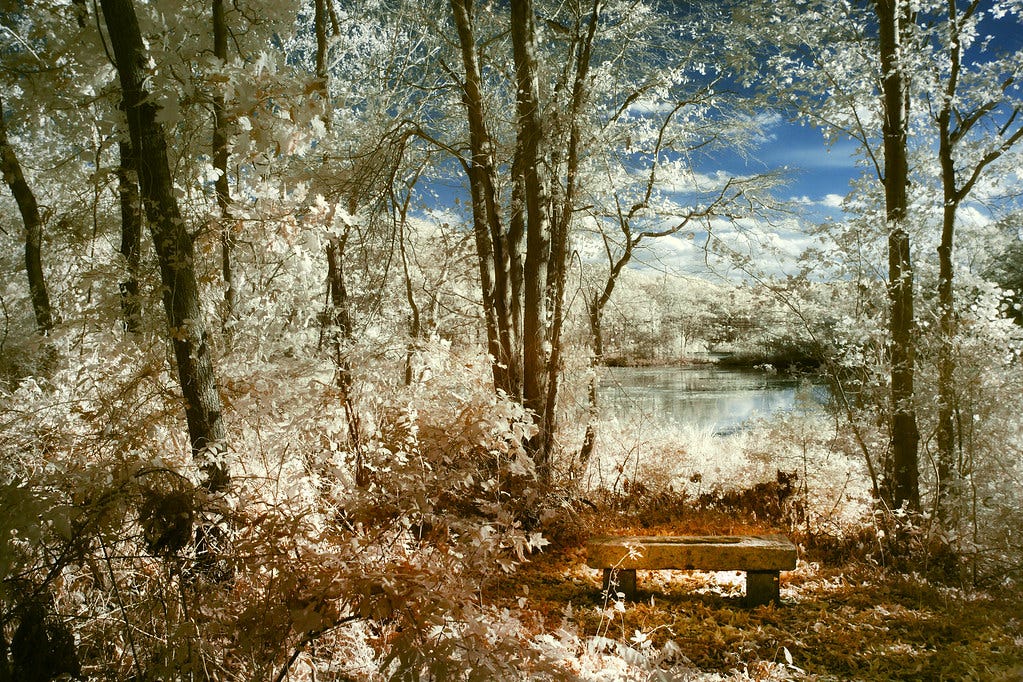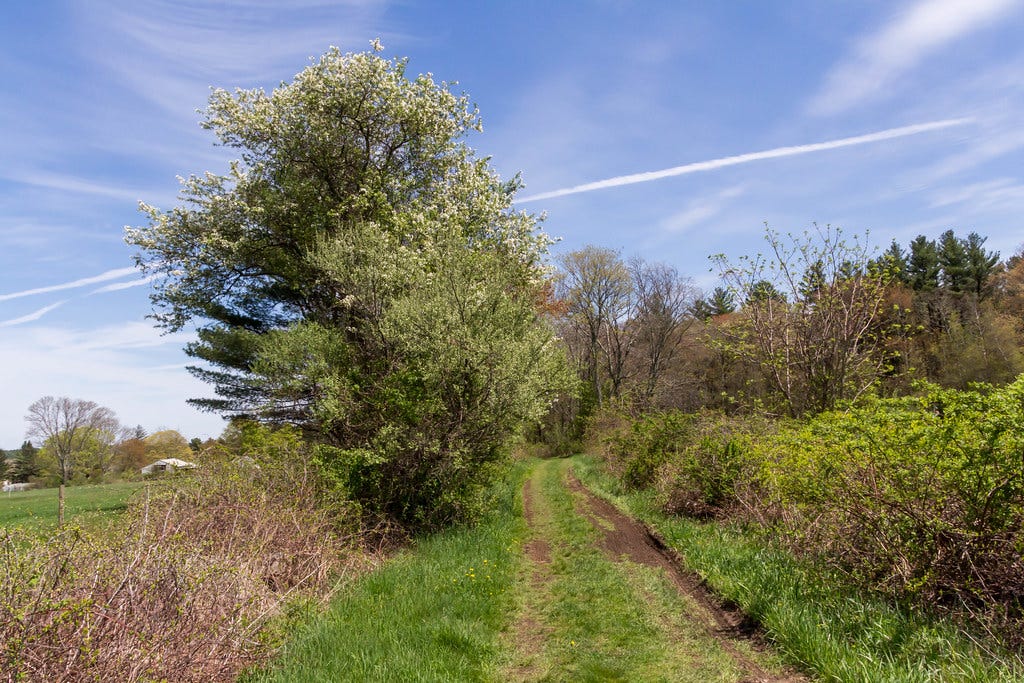Two weeks ago, I found myself wrapping up an essay for REI’s Uncommon Path (which you’ll get to read later this fall) and it forced me to sit with a simple yet lofty question.
Where do trails come from?
Almost all trails arise from a clear practical need. You want to get from Point A to Point B, you want to do this using your feet, and there’s no viable pathway. So you’re going to make one. That’s perfectly fine and straightforward, but I don’t think it fully answers the question. If I decide to walk from my apartment in Boston to Kowloon—the frozen in amber pan-Asian eatery on Route 1 where Sichuan is still spelled “Szechuan,” and where you can share a Pu Pu Platter with friends—that intention has roots of desire. It signals a craving for something more than chicken fingers and beef teriyaki on a stick; the urge to walk backward through time, into something that we’ve mostly outgrown.
Trails can be reflections of our day-to-day lives, our year-to-year evolutions, and the toasty nostalgia that we’re not yet ready to leave behind. And that first approach—a trail inspired by the ground reality of how we’re living—is exemplified by a path in southeastern Massachusetts that connects the forests of Mass. and Rhode Island.



